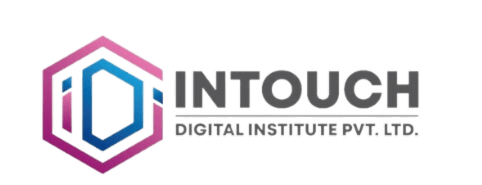In the dynamic realm of search engine optimization (SEO), leveraging structured data and schema
markup is essential for maintaining visibility and relevance. These technologies enhance website
content for search engines, improving search visibility, click-through rates, and user
engagement. This article delves into the significance of structured data and schema markup in
SEO, highlighting the latest trends shaping their application in 2024.
Understanding Structured Data and Schema Markup
Structured Data is a standardized format that provides detailed information
about a webpage, aiding search engines in understanding its content. Standard formats include
JSON-LD (JavaScript Object Notation for Linked Data), Microdata, and RDFa (Resource Description
Framework in Attributes).
Schema Markup is a specific vocabulary of tags (Microdata) that can be added
to HTML to enhance the way search engines read and represent a page in search engine results
pages (SERPs). Maintained by Schema.org, this vocabulary enables better classification and
display of content in search results.
The SEO Advantages of Structured Data and Schema Markup
1. Enhanced Search Engine Understanding:
Structured data helps search engines accurately interpret webpage content, leading to better
indexing and matching with relevant search queries.
2. Rich Snippets and Rich Results:
Schema markup can generate rich snippets enhanced listings in SERPs that include images, star
ratings, and product information, significantly boosting click-through rates.
3. Voice Search Optimization:
With the growth of voice search, structured data becomes critical. Schema markup helps search
engines understand context and intent, enabling more accurate voice search results crucial for
local SEO.
4. Improved Local SEO:
Local business schema enhances visibility in local searches, providing essential information
like address, phone number, hours of operation, and reviews directly in search results.
5. Higher Click-Through Rates (CTR):
Rich snippets are more engaging and informative, leading to higher CTRs by attracting more
qualified traffic.
Latest Trends in Structured Data and Schema Markup (2024)
1. Adoption of JSON-LD:
JSON-LD is increasingly preferred for implementing structured data due to its ease of use and
compatibility with dynamic content. Google recommends JSON-LD, and its adoption continues to
rise.
2. Schema Markup for E-commerce:
With the growth of online shopping, e-commerce sites are using product schema to provide
detailed product information, enhancing search listings.
3. Event Schema:
The rise of virtual events has led to increased use of event schema markup, helping events gain
more visibility by providing detailed information about dates, locations, and ticket
availability.
4. FAQ and How-To Markup:
Websites are using FAQ and How-To schema to provide quick answers and step-by-step guides
directly in search results, improving user experience and capturing more SERP real estate.
5. AI and Machine Learning Integration:
Advances in AI and machine learning are enabling more sophisticated uses of structured data
automating the generation and optimization of schema markup.
6. Visual Search and Image Schema:
With visual search engines like Google Lens on the rise, image schema markup is becoming more
critical, pushing websites to include detailed metadata for images to improve visibility in
visual search results.
7. Increased Use in Knowledge Graphs:
Structured data is crucial for feeding information to knowledge graphs and is essential for
entity-based search. As search engines evolve to understand context and relationships, the
importance of structured data grows.
Implementing Structured Data and Schema Markup
1. Identify Key Pages and Content:
Focus on pages that will benefit most from structured data, such as product pages, articles,
recipes, events, and local business information.
2. Choose the Right Schema Types:
Use Schema.org to find the appropriate schema types for your content, using the most specific
types available
3. Use Google’s Structured Data Markup Helper:
This tool helps generate the necessary JSON-LD code, a good starting point for beginners.
4. Validate Your Markup:
Ensure your markup is correctly implemented using Google’s Rich Results Test and Schema.org’s
validation tool.
5. Monitor Performance:
After implementation, monitor your site’s performance in the Google Search Console, looking for
improvements in click-through rates, impressions, and rankings.
Ready to stay ahead in the digital marketing game? Enroll in courses at Intouch Digital Institute
Mumbai to master the latest strategies and techniques in digital marketing. Empower your career
and business with cutting-edge knowledge and hands-on training. Explore our courses today!






